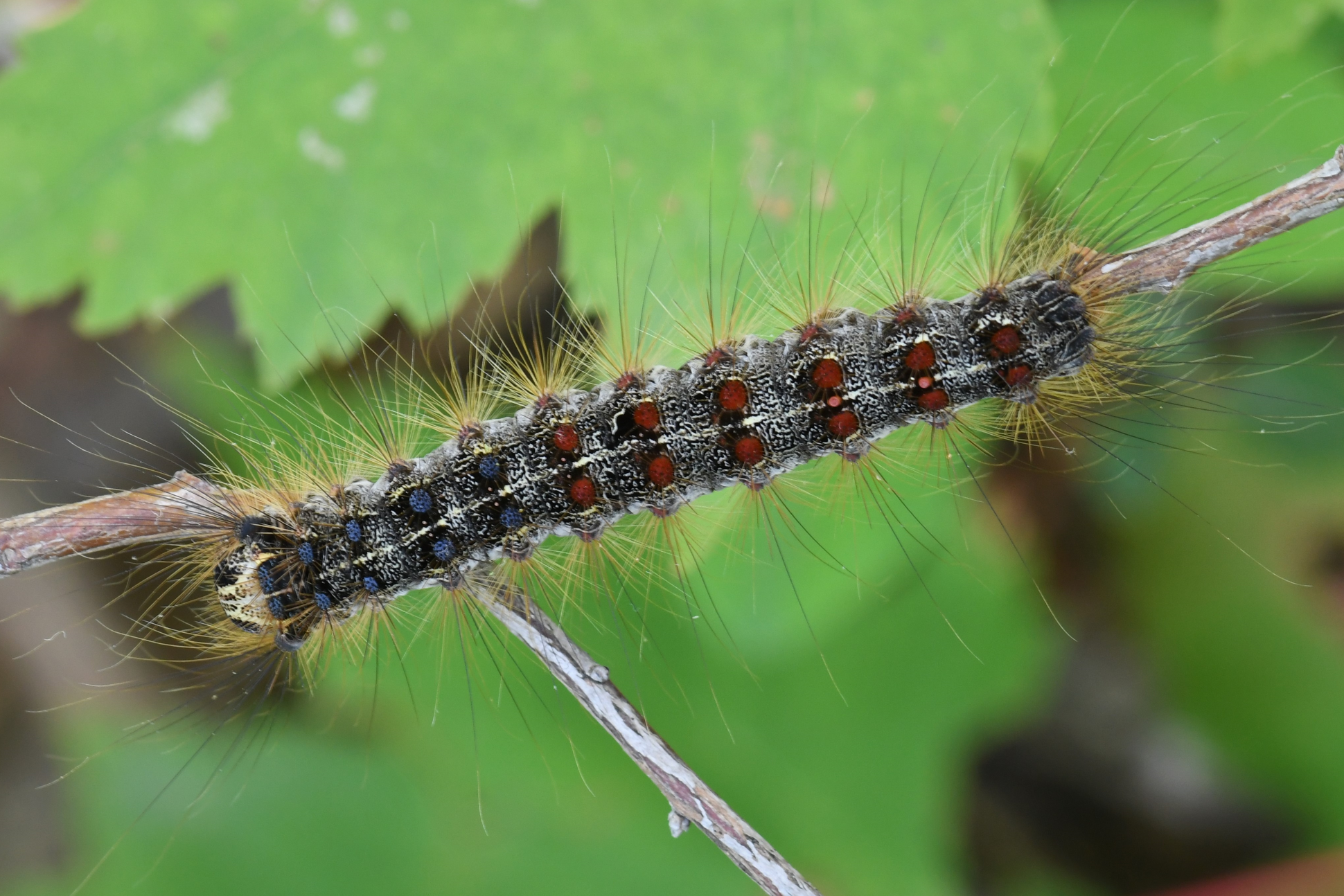(From a press release)
The Department of Conservation and Natural Resources (DCNR) is urging Pennsylvania’s forest landowners and woodlot owners to start planning now for spongy moth treatment this spring to protect their trees from severe damage.
Spongy moths (Lymantria dispar dispar) are a major threat to Pennsylvania’s forests, having killed millions of oak and other tree species. For the past three years, populations have reached outbreak levels, leading to widespread defoliation. With nearly 70 percent of Pennsylvania’s forests privately owned, DCNR is encouraging landowners to secure aerial treatment services while availability remains.
“Private landowners play a critical role in protecting Pennsylvania’s forests,” State Forester Seth Cassell said. “Early action against spongy moth caterpillars can help prevent widespread tree loss.”
DCNR provides a list of aerial applicators, a suppression guide, and expert foresters in each county to assist landowners in planning treatment.
Spongy moth egg mass surveys are the best way to determine the need for treatment. Female moths lay light tan egg masses — each containing 100 to 1,500 eggs — on trees, rocks, and other surfaces from June to July. For maximum effectiveness, treatment should target small caterpillars during their critical development stage in May. With limited aerial applicators and a short treatment window, landowners should schedule services as soon as possible.
DCNR uses Bacillus thuringiensis kurstaki (Btk) and Tebufenozide (Mimic) — safe and effective products — to suppress infestations. Last year, DCNR treated more than 227,000 acres of state forest and park lands, with the Pennsylvania Game Commission treating another 120,000 acres. This year, DCNR plans to treat approximately 75,000 acres, primarily in northeastern and central Pennsylvania, and PGC plans to treat approximately 38,000 acres. The aggressive spongy moth treatment programs in 2022, 2023, and 2024 have contributed to an overall decline in spongy moth populations with some parts of the state experiencing spongy moth population crashes.
While oak species are the primary target, spongy moth caterpillars also feed on:
- Apple
- Alder
- Aspens
- Basswood
- Birches
- Hemlock
- Pine
- Spruce
- Tamarack (larch)
- Willows
- Witch hazel

